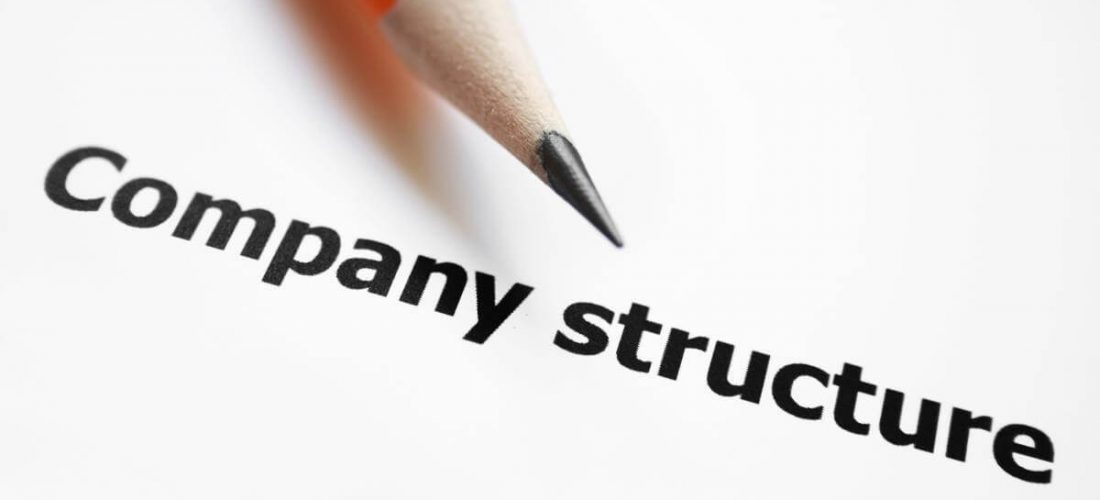Exploring the Operational Characteristics of Firm Redundancy and Its Long-Term Sustainability

Redundancy Strategies for Business Continuity
In order to make sure undisturbed procedures, businesses should execute reliable redundancy methods for organization continuity. Redundancy in this context describes the duplication of crucial components or features within a system to reduce the impact of possible failings. By incorporating redundancy strategies, organizations can enhance their strength versus disturbances brought on by different variables such as natural catastrophes, devices failings, or cyber-attacks.
One usual redundancy approach is the execution of back-up systems and data storage options. This includes creating duplicates of vital data and systems that can be triggered in instance of a key system failure. Additionally, companies can develop redundant communication channels and power sources to maintain connectivity and procedures during unpredicted occasions.
Furthermore, cross-training workers to execute multiple duties within the company can function as a valuable redundancy technique. This makes sure that crucial jobs can still be performed even if crucial employees are not available because of illness or various other factors. Overall, efficient redundancy approaches are vital for organizations to copyright operational continuity and decrease the impact of potential disturbances.
Influence of Redundancy on Organizational Resilience
Offered the important function redundancy strategies play in making certain service connection, discovering the influence of redundancy on organizational resilience becomes essential for comprehending the alternative operational dynamics of a company. Organizational durability describes an entity's ability to adjust to interruptions, recover from setbacks, and transform when necessary while keeping core features. Redundancy, when strategically carried out, can dramatically add to enhancing a company's strength when faced with unanticipated challenges. By having back-up systems, personnel, or processes in place, firms can better hold up against shocks and continue operations with minimal disruption.
Additionally, redundancy can boost staff member spirits and self-confidence, recognizing that there are contingency plans in position to attend to unforeseen conditions. This complacency can result in boosted performance and an extra favorable workplace. Furthermore, redundancy can promote advancement and creative thinking within a company as employees feel equipped to take computed dangers, recognizing that there is a safety and security net to support them discover this info here in situation of failure. On the whole, the effect of redundancy on organizational resilience is profound, forming the long-lasting sustainability and success of a business.
Balancing Effectiveness and Flexibility in Redundancy
Accomplishing a harmonious balance in between functional efficiency and adaptive adaptability is a critical difficulty in the strategic implementation of redundancy within companies. Also much adaptability without a solid operational structure can result in inadequacies and incongruity.
To balance effectiveness and adaptability in redundancy preparation, organizations should thoroughly evaluate their functional needs, market dynamics, and critical goals. Applying lean techniques can improve performance by getting rid of and streamlining processes waste, while cultivating a culture of flexibility and continual renovation can increase versatility. In addition, purchasing cross-training programs and durable communication channels can help grow a functional labor force with the ability of managing varied tasks during periods of transition. Ultimately, discovering the ideal equilibrium between performance and versatility is important for constructing a sustainable and durable company in the face of unpredictability.
Long-Term Sustainability Via Redundancy Preparation
To ensure enduring practicality and stability, organizations need to strategically straighten their redundancy preparation with long-lasting sustainability objectives, consequently harmonizing functional performance with adaptive flexibility. Companies need to see redundancy not as a reactive option to prompt issues yet as a positive approach for long-term success.

Proactive Measures for Sustainable Business Procedures
Just how can business proactively improve their functional sustainability for long-lasting success? Carrying out positive steps is essential for companies aiming to ensure sustainable operations.
Moreover, cultivating a society of constant renovation and discovering within the organization can boost versatility to transforming market problems and customer needs. Urging employee involvement in decision-making procedures and giving possibilities for expert advancement can improve morale, performance, and overall performance. Developing clear objectives, keeping track of essential performance signs, and frequently assessing progression are crucial parts of positive sustainability administration.
Collaborating with providers, customers, and various other stakeholders to advertise sustainable techniques throughout the supply chain can produce a causal sequence of favorable effect - redundancy pay if company goes bust. By taking proactive steps in the direction of operational sustainability, firms can develop resilience, drive development, and safeguard their long-term success in an ever-evolving business landscape
Final Thought

In the realm of organizational management, the strategic deployment of firm redundancy stands as a pivotal yet elaborate technique that requires a delicate equilibrium between functional effectiveness and long-lasting stability. By exploring the functional characteristics that underpin company redundancy and reviewing its broader ramifications for business strength and flexibility, a nuanced understanding of just how redundancy methods can shape the future trajectory of a company begins to unravel.Provided the vital duty redundancy strategies play in ensuring business connection, exploring the impact of redundancy on business durability ends up being imperative for recognizing the alternative functional characteristics of a business. On the whole, the effect of redundancy on business resilience is profound, shaping the lasting sustainability and success of a firm.
In final thought, comprehending the functional characteristics of company redundancy is important for guaranteeing long-lasting sustainability.
Comments on “Redundancy Pay If Company Goes Bust: Comprehending Your Entitlements in the UK”